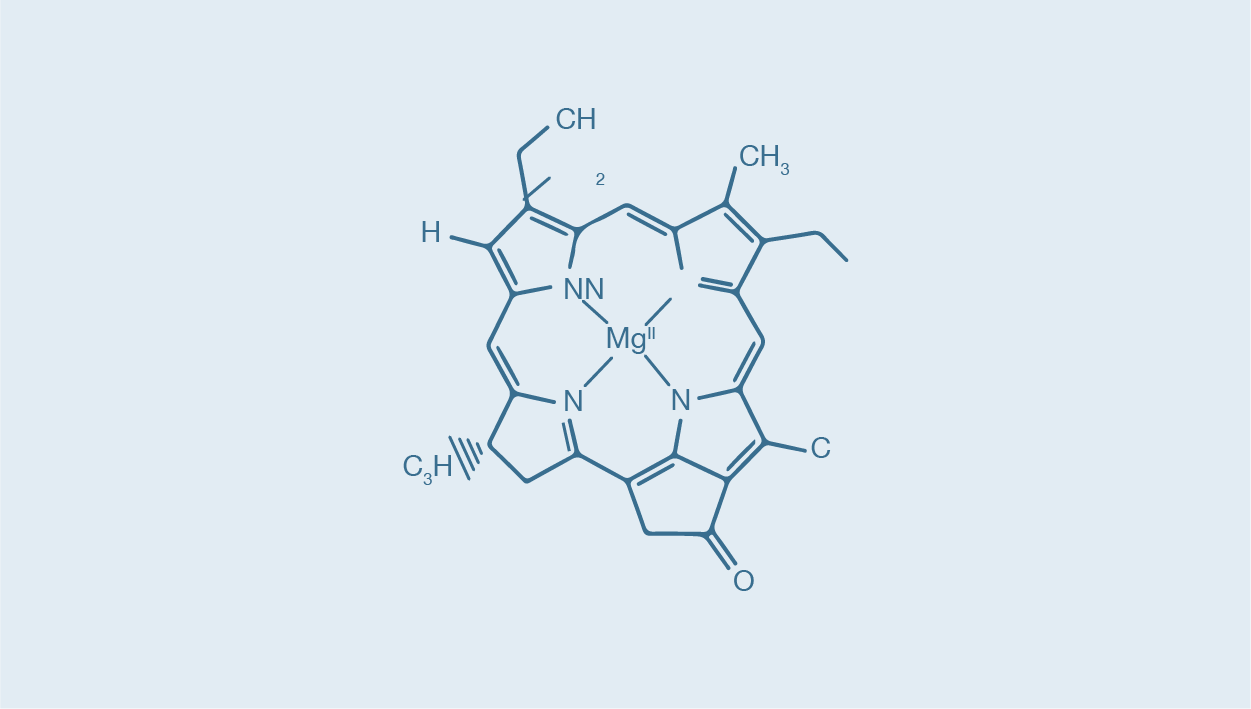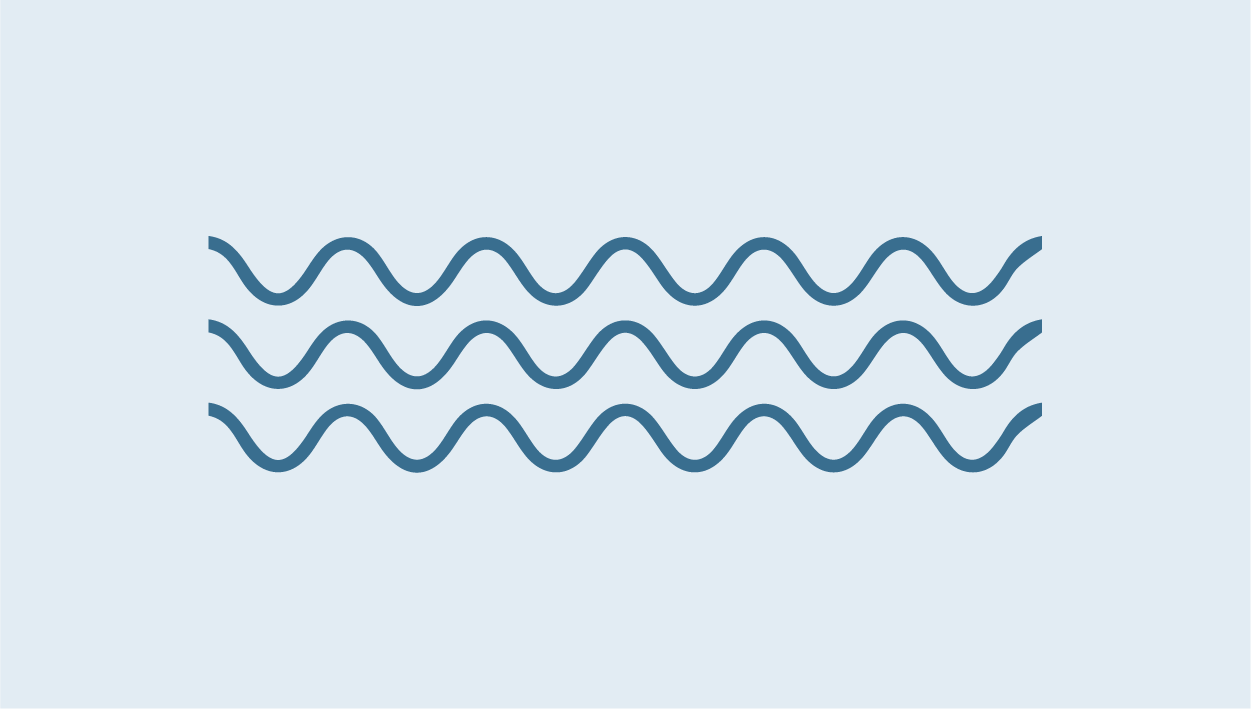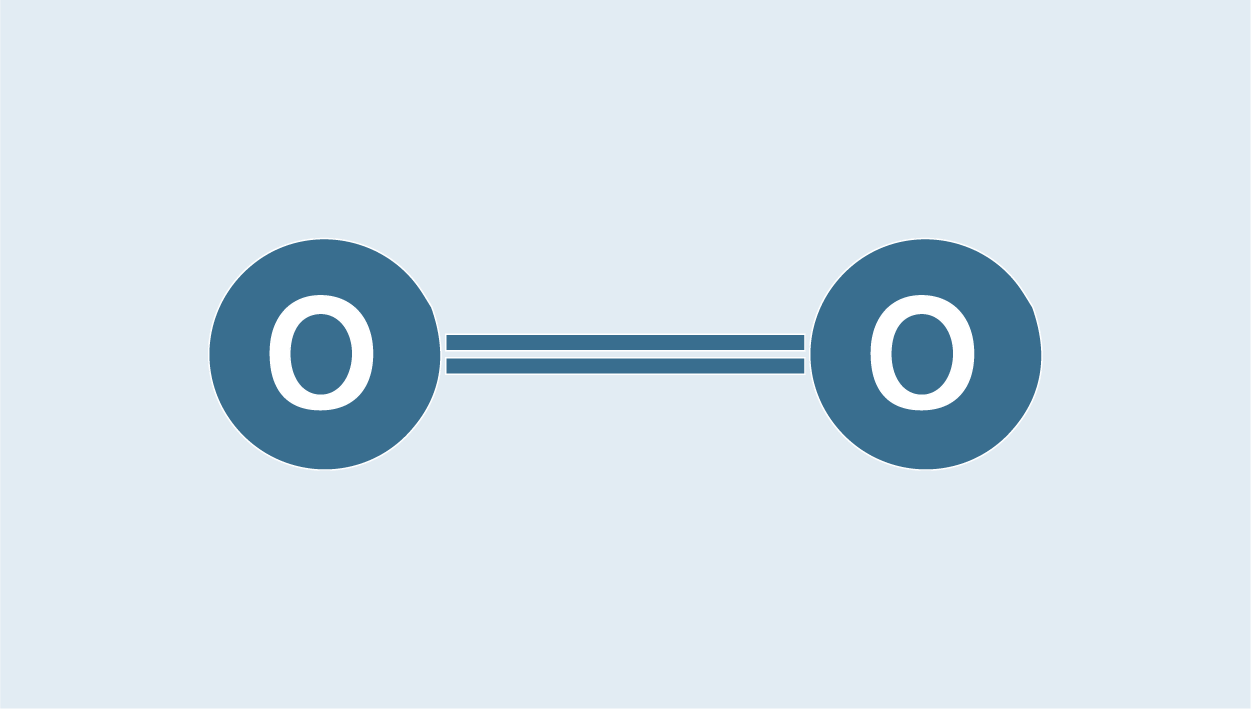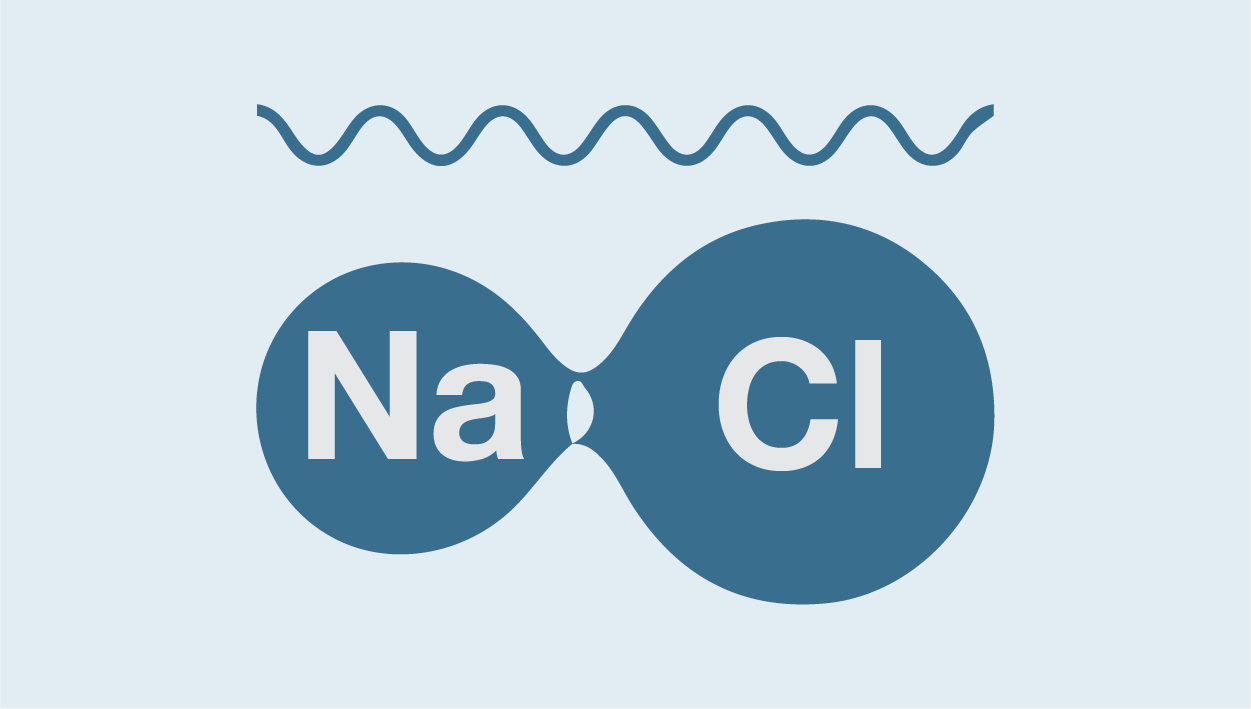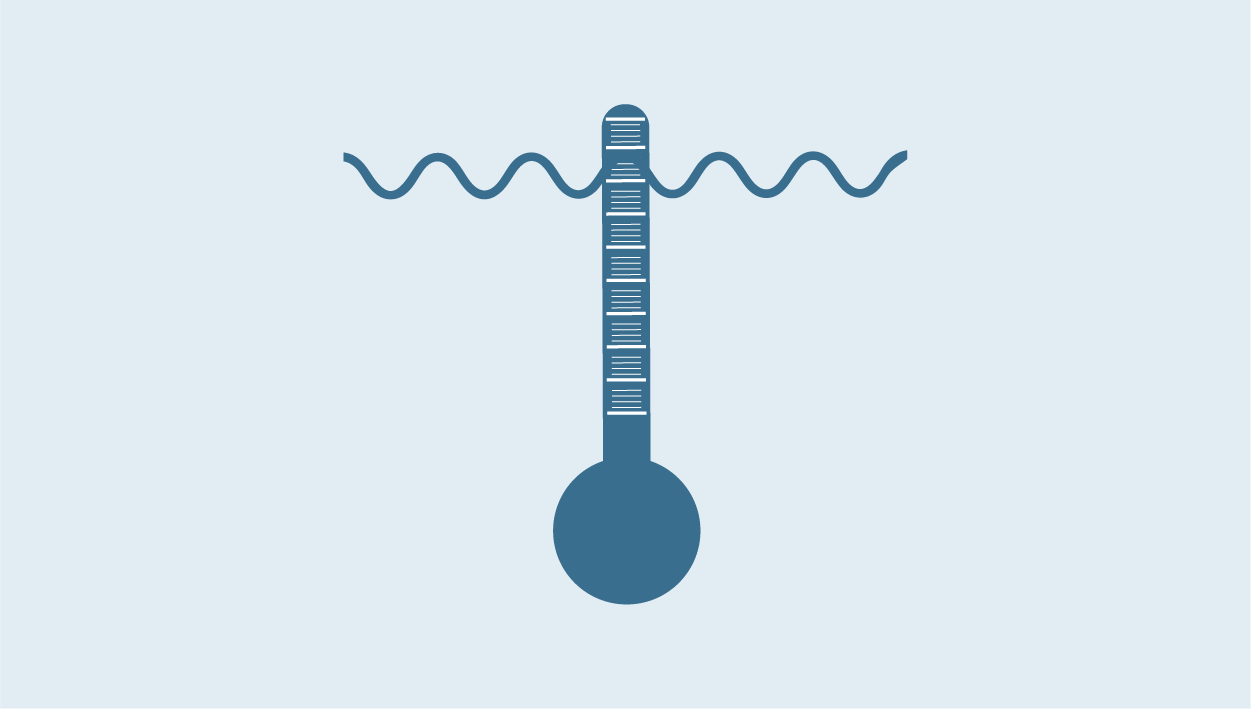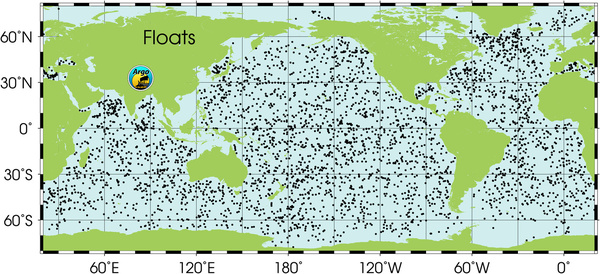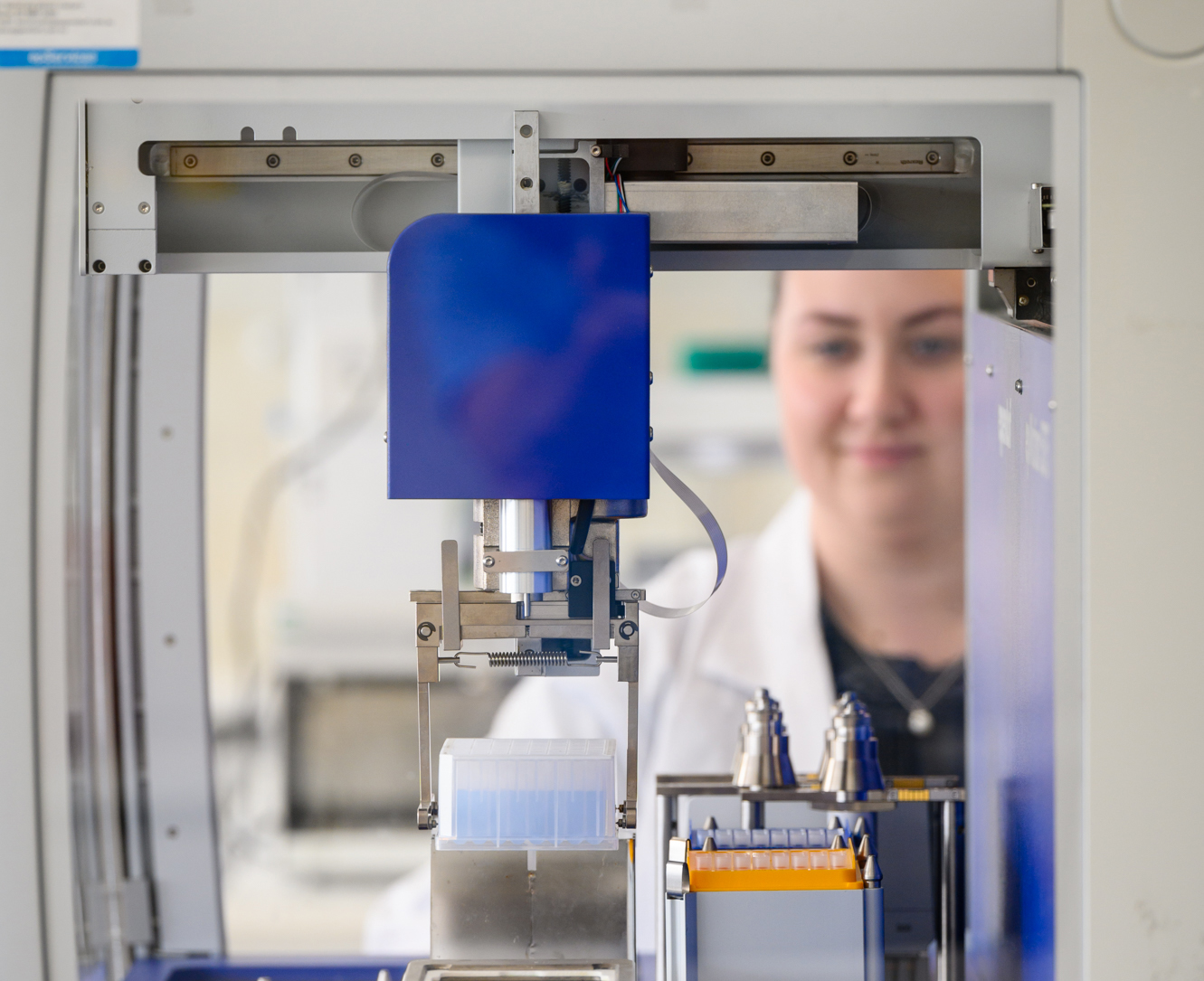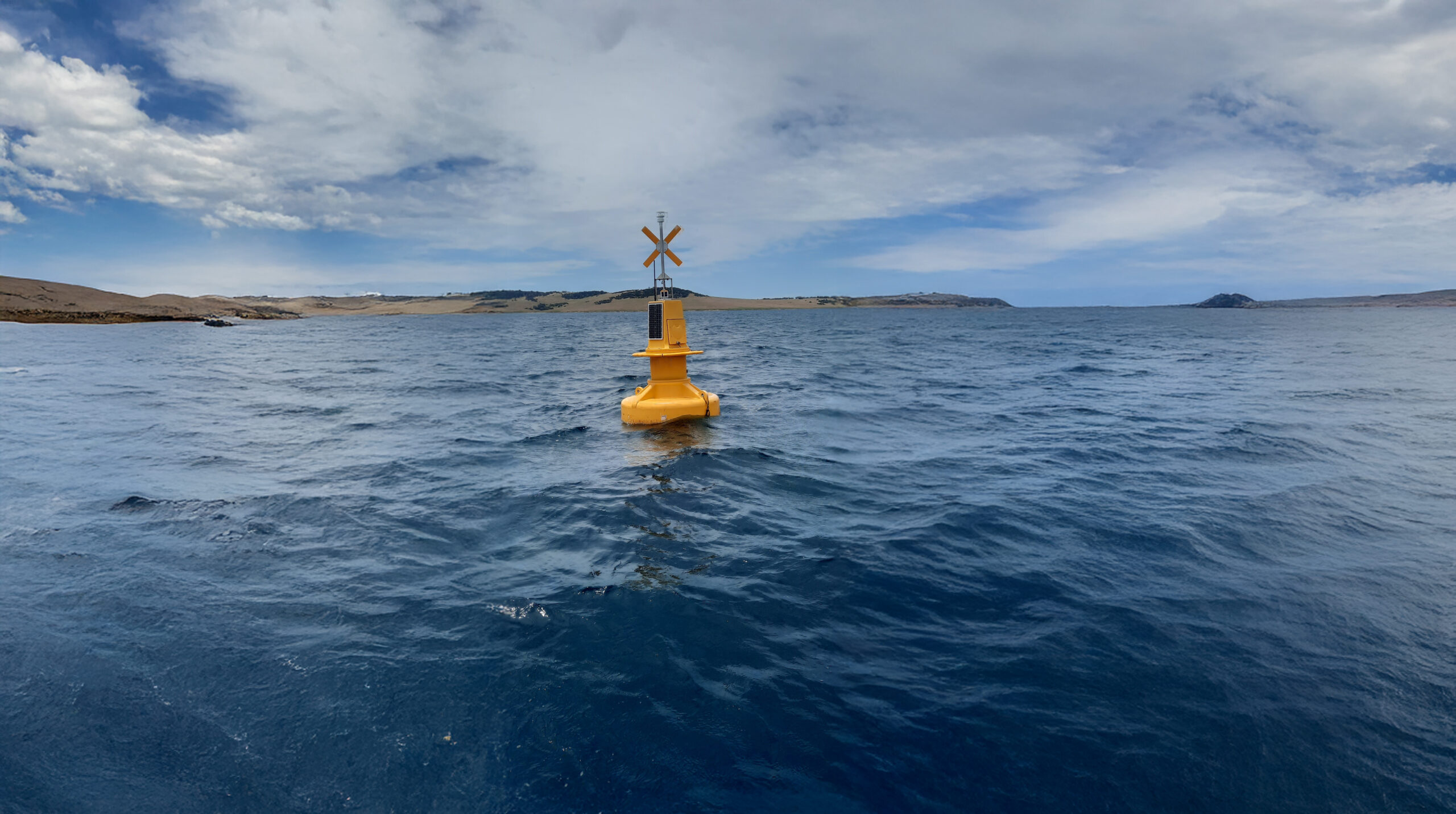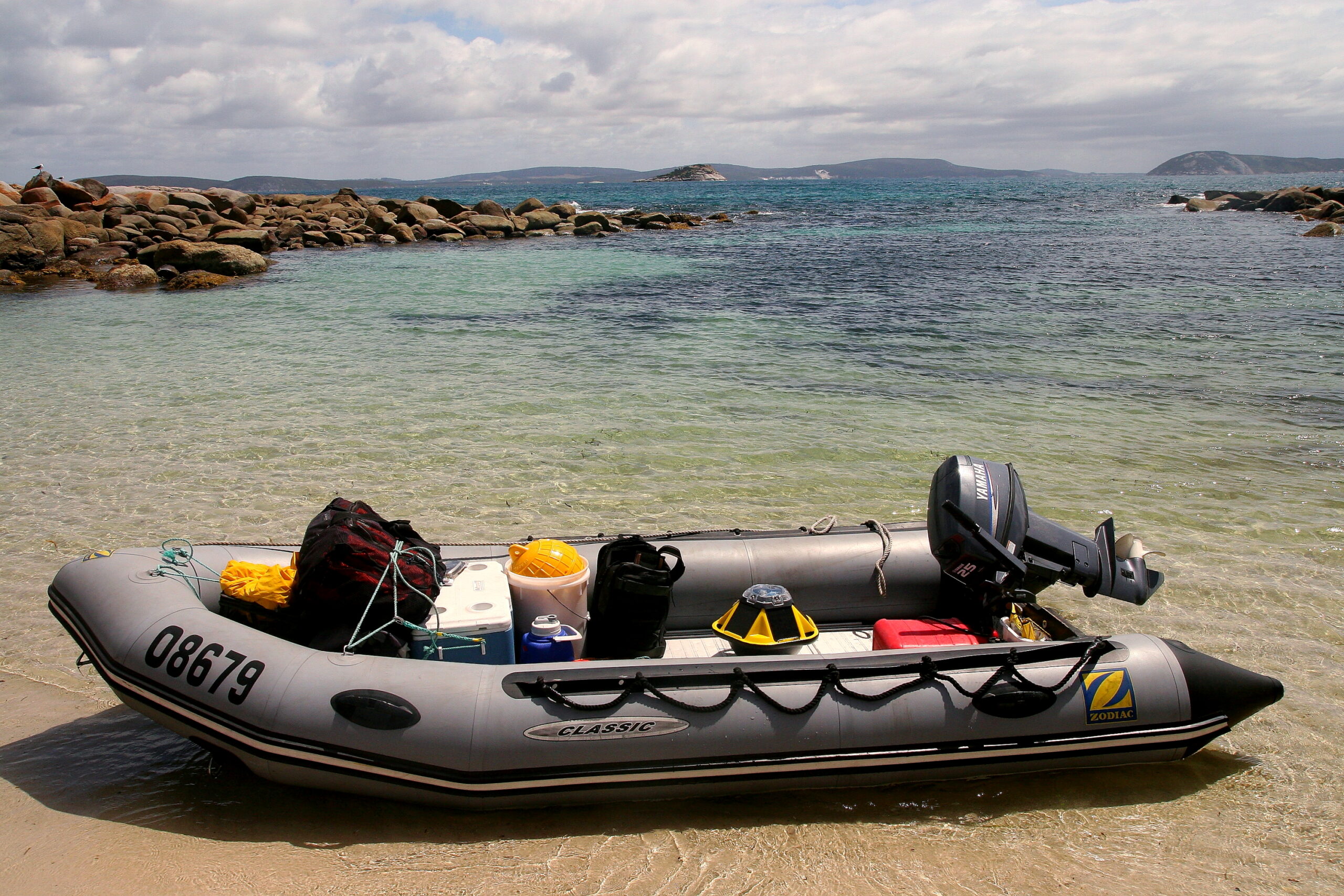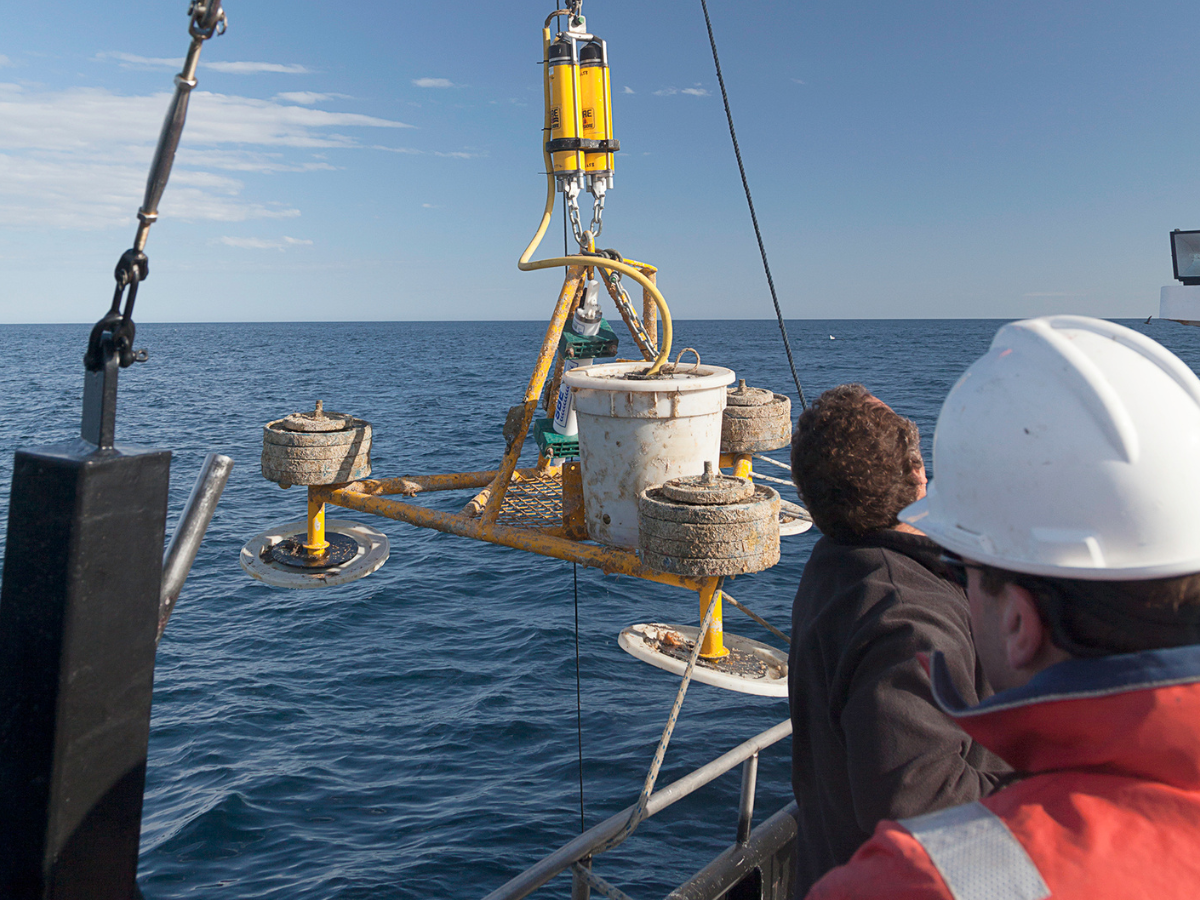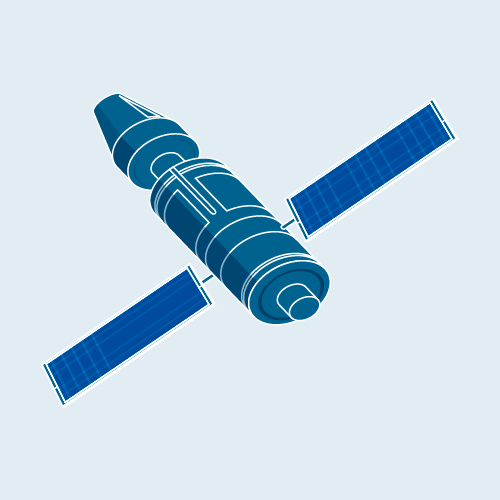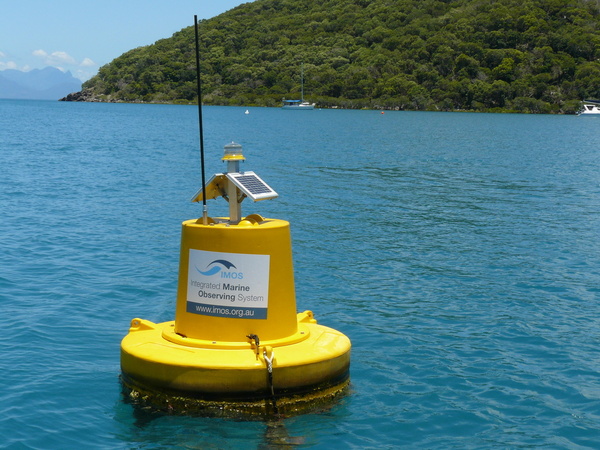Argo Floats
Argo Floats
Argo Floats deployed by IMOS provide real-time observations of the oceans around Australia. Argo floats measure both temperature and salinity in the upper 2000m of the ocean every 10 days.
Argo floats have revolutionised our understanding of the broad scale structure of the ocean. Since the Argo program began, the array of floats have provided more high-resolution ocean data than have ever been collected by traditional ship-based hydrography.

 Peter Mathew
Peter Mathew
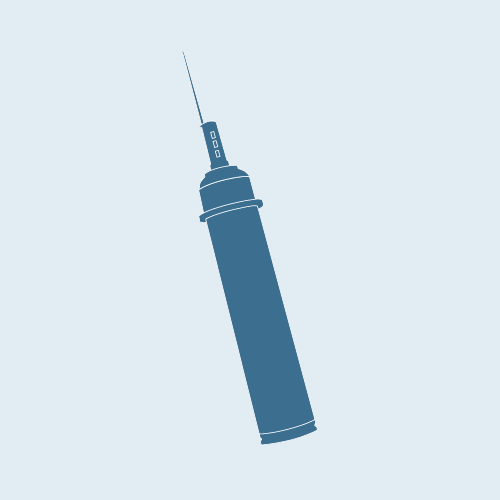
How it works
On deployment, the float sinks to a park depth (e.g. 1000 m) and drifts with the ocean currents for 9 days. Then the float sinks deeper to its profile depth (usually 2000 m) before starting to ascend through the water column measuring temperature, salinity, and pressure as it rises.
When the float reaches the surface, it transmits location and oceanographic measurements via satellite to land-based Argo data centres. After transmission, the float sinks again and repeats the cycle.
Data collection
Data is publicly available from Global Data Access Centres within 24 hours of collection via the real-time data stream. Highly quality-controlled data is available after 12 months as part of the delayed mode data stream. Argo provides essential and in situ data for ocean and climate research and prediction/re-analyses.

Why it’s important
The primary goal of the Argo program is to maintain a global array of autonomous profiling floats integrated with other elements of the climate observing system. Argo Australia, as part of the international collaborative effort, are one of the largest contributors to the global array.
Key data streams
Select a key data stream to view all IMOS Facilities that collect that data.
Sub-Facilities
Useful information
Operating institution
Co-investors
Bureau of Meteorology · Department of Defence · University of Tasmania
Acknowledging IMOS
Users of IMOS data are required to clearly acknowledge the source material by including the following statement:
Australia’s Integrated Marine Observing System (IMOS) is enabled by the National Collaborative Research Infrastructure Strategy (NCRIS). It is operated by a consortium of institutions as an unincorporated joint venture, with the University of Tasmania as Lead Agent.
